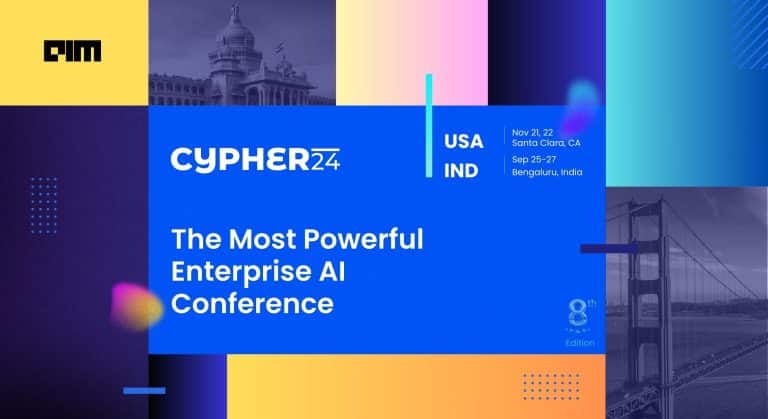|
Listen to this story
|
Recently, we spoke about simulation in robotics, and the challenges associated with it. Within a few days, at Computex 2024, NVIDIA chief Jensen Huang spoke with full fervour about how simulation and robotics are going to change everything.
“The next wave of AI is here. Robotics, powered by physical AI, will revolutionise industries,” said Huang.

Jensen Huang’s keynote at Computex 2024. Source: NVIDIA
The Rising Wave of Physical AI
“Physical AIs are models that can understand instructions and autonomously perform complex tasks in the real world,” said Huang, who is extremely optimistic about the extent to which robots will become a part of every industry.
“Everything is going to be robotic,” he said. Huang believes that there would be an entire ecosystem of robots, where all factories will orchestrate robots and those robots will build robotic products. NVIDIA is banking on Omniverse to make this happen.
NVIDIA’s Simulation to Lead the Way
NVIDIA’s Omniverse, a platform designed for real-time 3D design collaboration and simulation, form the basis for digital twins which is crucial for simulation. Digital twins are the virtual replicas of physical objects or systems where robots can be tested to fit into the real world.
Showcasing a wide range of scenarios where robots have been trained on NVIDIA’s Omniverse, Huang spoke about how companies are building robotic warehouses around it.
In digital twins, factory planners optimise floor layout and line configurations and locate optimal camera placements to monitor future operations. Also referred to as a ‘robot gym’, Foxconn developers train and test NVIDIA ISAC AI applications for robotic perception and manipulation in Omniverse digital twins.
Multimodal LLMs have only accelerated the process of robotic training. “Multimodal LLMs are breakthroughs that enable robots to learn, perceive and understand the world around them, and plan how they’ll act,” said Huang.
Clubbing this technique with human demonstrations, robots can acquire the skills needed to interact with the world using gross and fine motor skills.
While simulation may sound like everything, it is not the only route for training robots. Gokul NA, co-founder of Bangalore-based CynLr Robotics, believes that a single approach is not perfect. He believes that when we transition from a simulated assumption to reality, it doesn’t work. It fails entirely because it never learned that; it has learned something else independently.
Simulation is also suited for a certain number of tasks. Tasks such as walking, backflips, and other movements that require robotic balances, work best in a simulated environment. However, for tasks that can be learned through imitation, a simulated environment is not required.
Autonomous Everywhere
“One day, everything that moves will be autonomous,” said Huang. And that is most likely going to be powered by NVIDIA.
Teaching robots to grasp and handle objects is one thing, but navigating environments autonomously and avoiding obstacles or hazards is another capability that Physical AI entails.
Interestingly, Huang had recently mentioned that “Tesla is far ahead in self-driving cars, but every single car, someday will have autonomous capability”.
Earlier last year, NVIDIA and Foxconn had partnered to build AI factories which will help boost EV and autonomous vehicle production. They also partnered with major electronic manufacturers Delta Electronics, Pegatron and Wistron.
Robotics Race Continues
The robotics race is only gaining steam with all the recent advancements. Big tech companies have aggressively invested in robotics companies over the last few years. Figure 01, the humanoid built by deep tech robotics company Figure AI, is backed by some of the biggest players like NVIDIA, Microsoft, Jeff Bezos, and others.
Similarly, 1X Technologies, the robotics company backed by OpenAI, recently released their humanoids demonstrating multiple autonomous tasks back-to-back.
You can now tell EVE to do multiple autonomous tasks back-to-back. Watch a team of EVEs work together to clean up our office. pic.twitter.com/6aU2FDGcNF
— 1X (@1x_tech) May 31, 2024
Going by all these developments, the wave of ‘Physical AI’ is already in play.
































